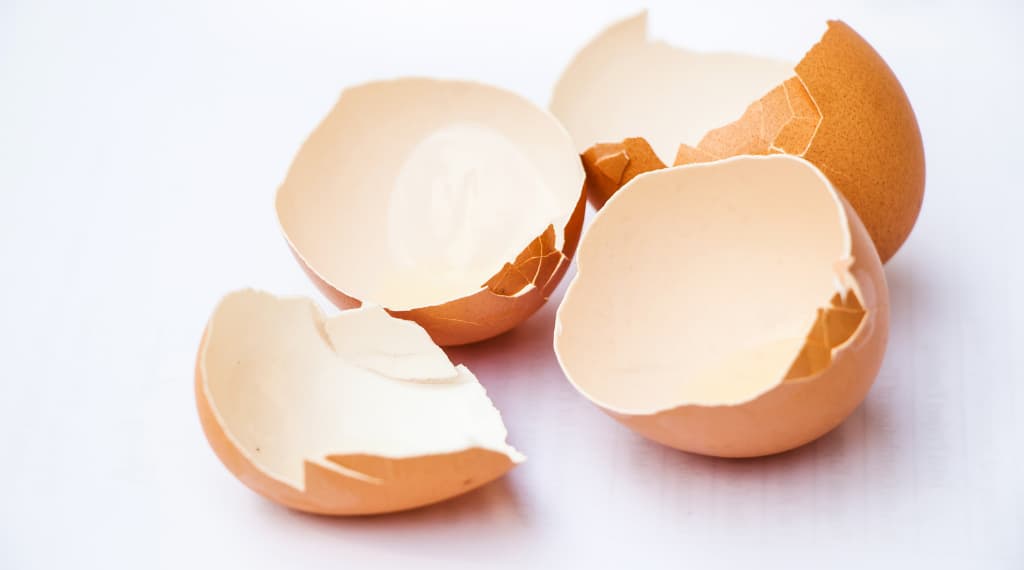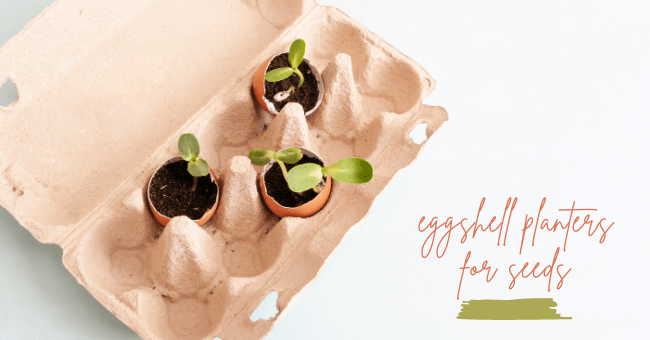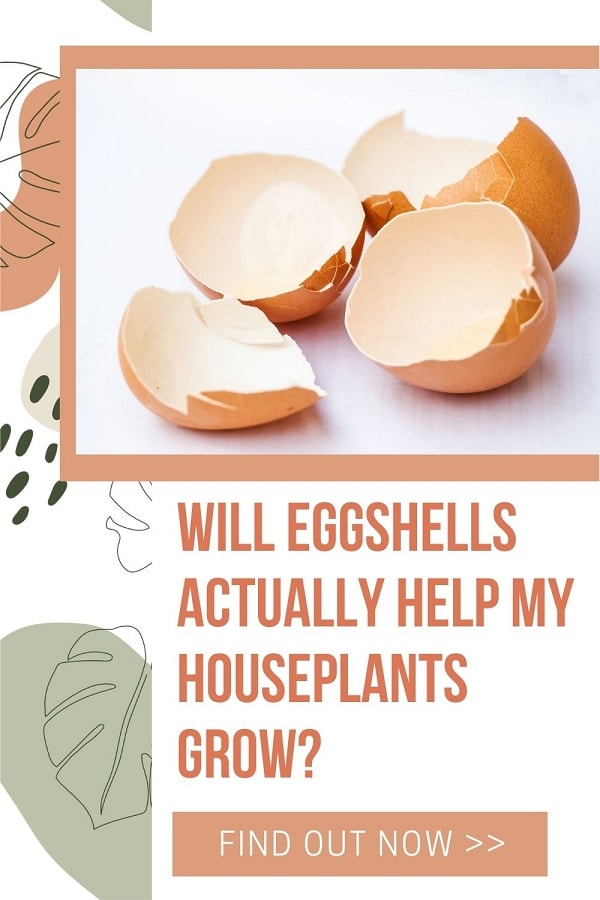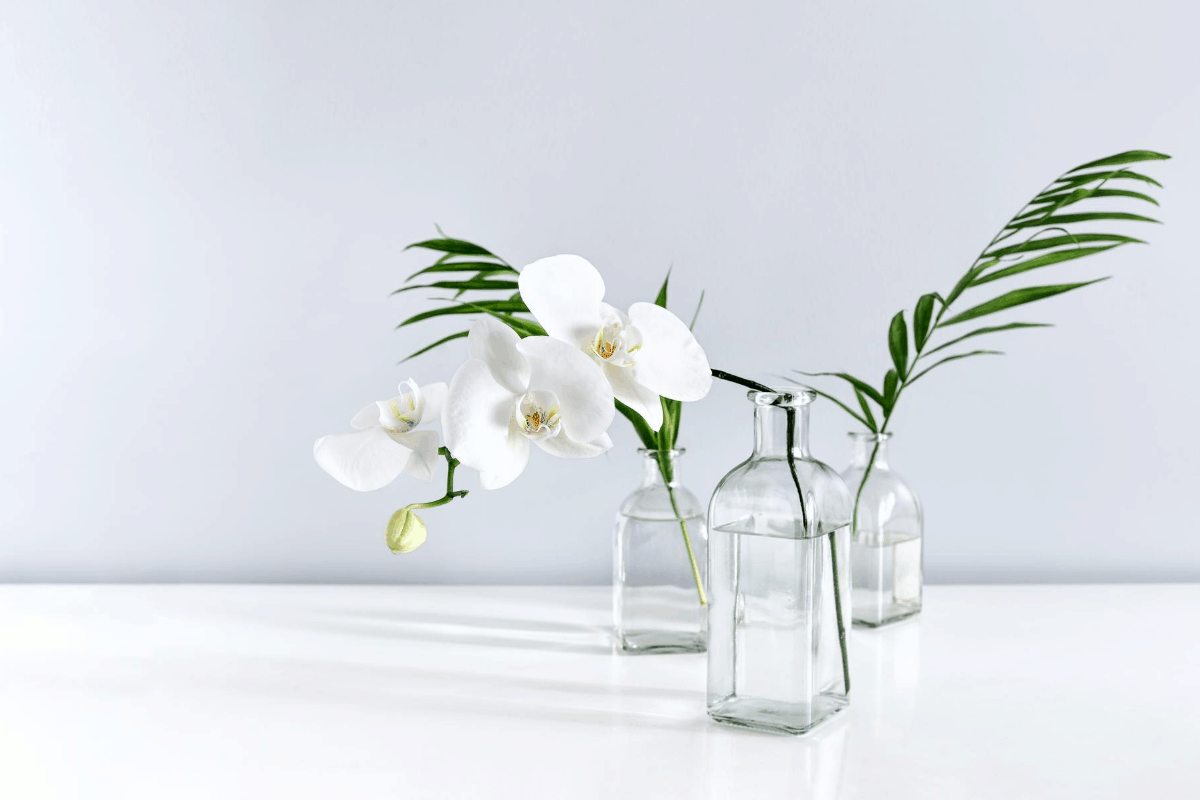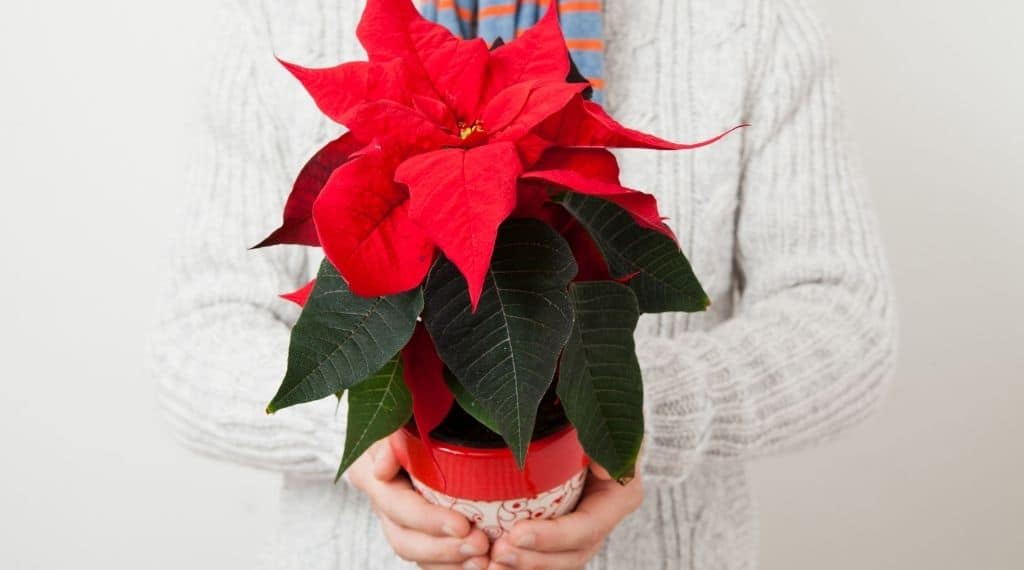Last Updated on August 2, 2021 by Plantiful Interiors
Eggshells have long been used by gardeners and houseplant lovers as plant fertilizer. But do they really work?
You bet they do!
Below, we’ll dive into:
- what it is about eggshells that make them such a great natural fertilizer for houseplants
- discuss if you should be using eggshells on your own houseplants
- 3 ways you can use eggshells on houseplants
First, let’s understand why eggshells can be good for houseplants and how you can use them to grow healthy plants.
Are Eggshells Good for Houseplants?
Yes, eggshells (the ones from domestic chickens) are good for houseplants. Eggshells are an excellent source of calcium, a critical nutrient for plants. They also help to absorb moisture and can act as a planter for starting seeds or growing small succulents.
There’s no question about the beneficial effects eggshells have on plants. But how?
Eggshells Provide Houseplants with Calcium & Nutrients
First, just to clarify, when we’re talking about using eggshells on your houseplants, we’re specifically referring to domestic chicken eggshells. There’s not a lot of data regarding the use of other kinds of eggshells, such as duck, turkey, or goose eggs. For the purpose of this article, we will be referring to chicken eggshells.
Eggshells contain calcium, which houseplants need, along with a variety of other important nutrients that are key to your plant’s survival.
Chicken eggshells are known to consist of approximately 98% calcium carbonate, with the rest made up of potassium, magnesium, phosphorus, and organic protein. Calcium is a critical nutrient for all plants, it ensures that the cell membranes and walls of your plants are stable and strong.
Calcium plays a key role in root growth, as well as extending the cell walls so the plant can grow.
Calcium deficiency in plants can cause a myriad of different problems. One sign can appear in young leaves and new plant growth. Leaves can grow deformed, as well as being parachute-shaped, have darker veins, wrinkles, misshapen, and suffer from slow growth. Additionally, roots can rot and turn black, and excessive damage can ultimately kill the plant, making calcium one of the most essential nutrients for plants.
How Do Eggshells Improve Houseplant Soil?
Eggshells are very effective in protecting against excess moisture as well as reducing soil acidity as it increases pH levels. These benefits can help even further in the healthy development of plants and flowers.
With eggshells containing high amounts of calcium, they can be among the most nutritious and most natural fertilizers you can use for your plants at home. However, it takes more than just crushing some shells and throwing them on top of a pot.
Eggshells are only beneficial to plants when they decompose which takes quite a bit of time. You can help your eggshells decompose faster by crushing them into a fine powder before adding them to your compost pile or using them in a homemade fertilizer.
Now that you know eggshells are good for indoor plants, let’s take a look at the different ways you can use eggshells in your houseplants.
How Do You Use Eggshells In Potted Plants?
Three of the best ways to use eggshells in your houseplants are:
1. as a fertilizer
2. as calcium water
3. as seed or succulent planters
1. Using Eggshells As Fertilizer
Crushing eggshells and throwing them on top of the soil is not enough as mentioned earlier, as they’re only beneficial when they decompose. You would have to make eggshell powder and mix them with the soil to create compost soil where they can biodegrade fast.
To do this, clean the eggshells with water, making sure there is no residue of egg white and yolk inside. By doing so, you are preventing insects and other bacteria to grow in the soil. After which, let the eggshell dry. Once it dries, make eggshell powder by crushing them in a coffee grinder or blender. Once they’re fine as powder, mix them with the soil to create your natural fertilizer.
You can also mix your crushed eggshells with used coffee grounds as a nutrient rich fertilizer for your houseplants, though this combination is more commonly used in flowerbeds and gardens outdoors.
2. Using Eggshells As Calcium Water
You can also make eggshell calcium water to water your plants. Clean the eggshell and make sure it doesn’t have any residue of egg white and egg yolk. Soak them in water and bring them to a boil. Remove from the heat source and leave it overnight. In the morning, remove the eggshells and you can then use the calcium water on your plants.
3. Using Eggshells As Starter & Succulent Planters
You can also use eggshells as a succulent planter or seed starter. Make sure the egg is intact, and simply make a wide hole on top of the shell so you can fill it with soil and the seed or succulent. Since eggshells are biodegradable, once the seed sprouts or the succulent has grown, you can easily replant it with the egg intact. It will decompose on its own, as well as giving your plant a healthy dose of calcium.
Can I use cooked eggshells in houseplants?
No, only raw eggshells are beneficial for plants. When you use eggshells that have been boiled, they lose all their nutrients, which will defeat the purpose of using them in the first place.
Do you need to wash eggshells before composting?
It’s a good idea to wash your eggshells before adding them to your compost to reduce the risk of contracting salmonella. After washing, allow your eggshells to completely dry out so they will crush down more completely.
Conclusion
Now that you know how eggshells are good for houseplants, their benefits and how to use eggshells in your houseplants, it’s time you try it on your own.
The next time you make eggs for breakfast, don’t throw out the eggshells. Instead, clean them, keep them, and use them as fertilizer, calcium water, or as a cute and biodegradable starter planter.
More Helpful Plant Care Articles:
What Is The Best Potting Soil For Houseplants
Are Coffee Grounds Good For Houseplants
Best Greenhouses For Indoor Plants

